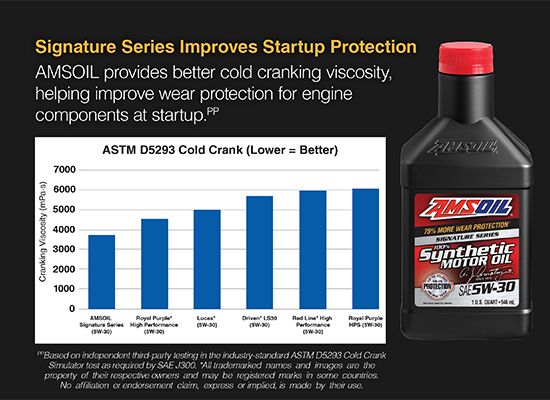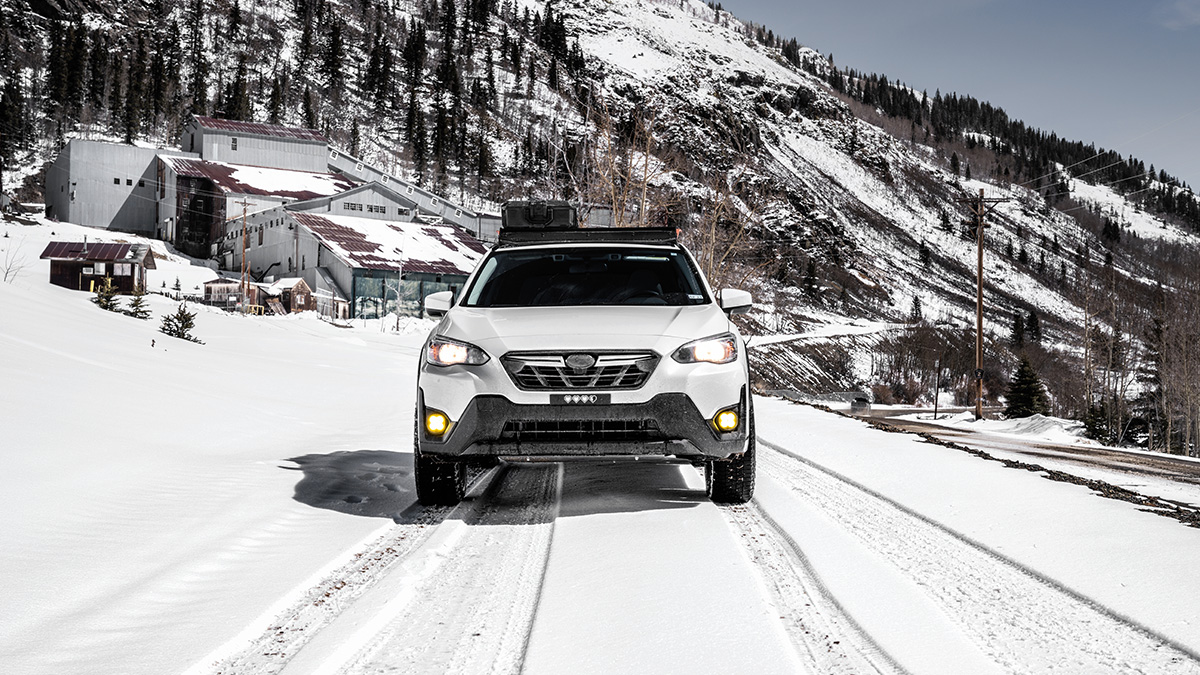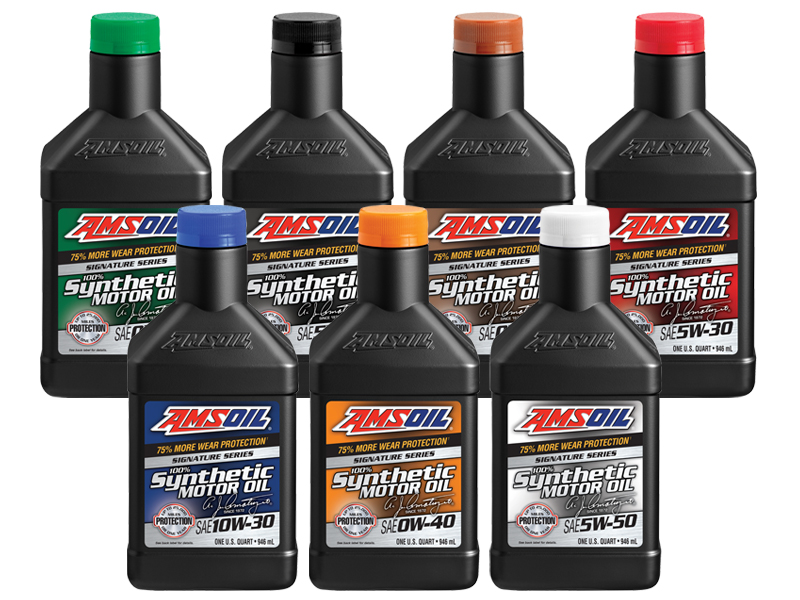Most engine wear occurs at startup. That’s primarily because oils thicken as the temperature drops. Cold oil doesn’t flow as fast and, in some cases, may not be able to flow through tiny oil passages at all. When that happens, engine components are forced to operate without lubrication until the engine warms up the oil enough for it to flow, greatly accelerating wear. For those reasons, cold-flow capability is a critical measure of motor oil performance.
We wanted to know how AMSOIL Signature Series 100% Synthetic Motor Oil stacks up against the competition in the arena of cold flow. We hired an independent third-party lab to put Signature Series in head-to-head testing against other motor oil brands. Signature Series came out on top.
The graph below shows the difference. Signature Series provided better cold-flow performance than all the other motor oils tested, providing up to 38% better cold cranking viscosity than Royal Purple. The test definitively proved that AMSOIL provides better cold cranking viscosity, helping improve wear protection for engine components at startup.PP

Causes of startup engine wear
The exact percentage of engine wear that occurs at startup depends on a mix of several factors. The factors below accelerate wear:
- Motor oil doesn’t flow, temporarily starving the engine of oil.
- Gravity causes much of the oil to flow into the oil sump, leaving components unprotected.
- Condensation forms inside the engine that causes rust and corrosion.
- Richer air/fuel mixture at startup washes oil from the cylinder walls.
- Cold piston rings and cylinders don’t seal as well, allowing combustion gases to “blow by” the rings and contaminate the oil.
While all these factors are important, lack of oil due to poor cold-flow properties is the biggest culprit.











Comments
Brad Nelson is a staff writer for AMSOIL. Outside of work he enjoys family adventures, wilderness exploration and riding/wrenching on vintage metric motorcycles.
Share: